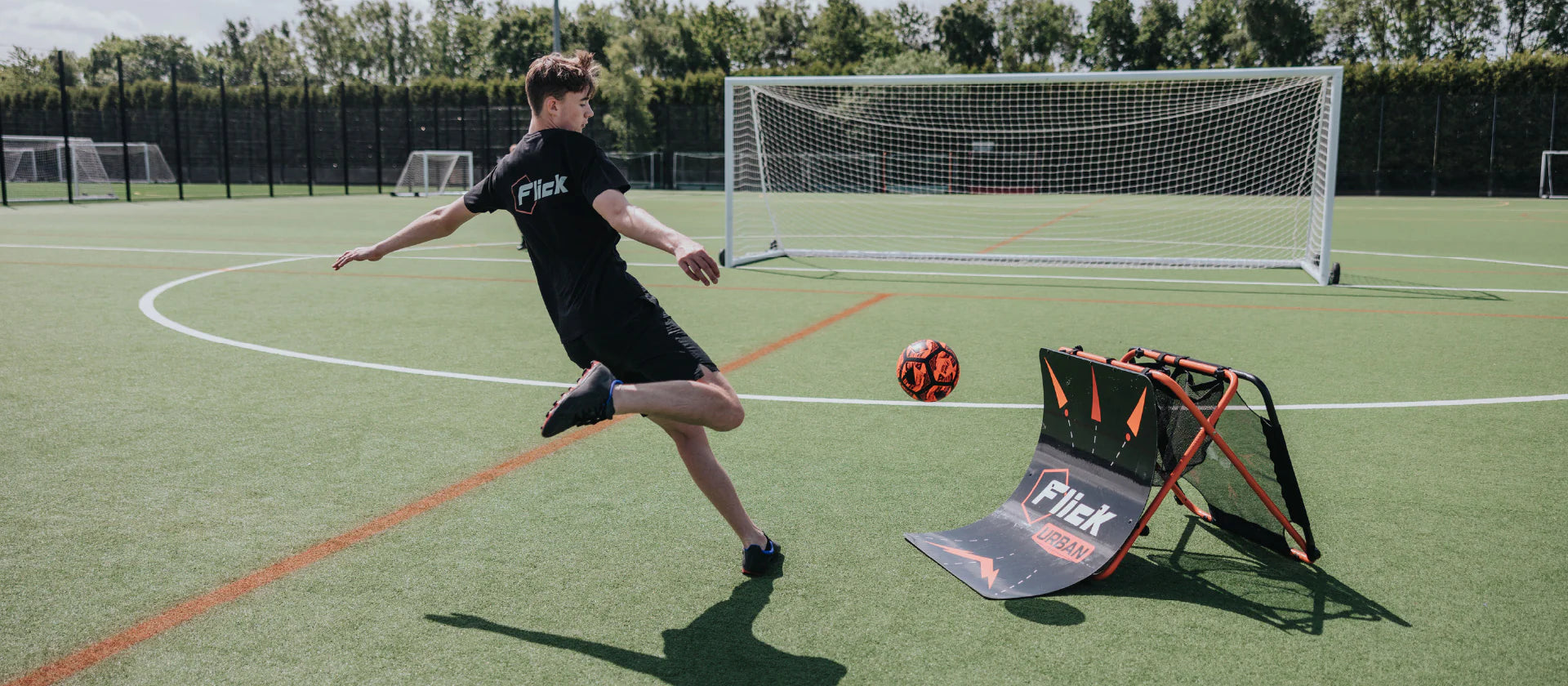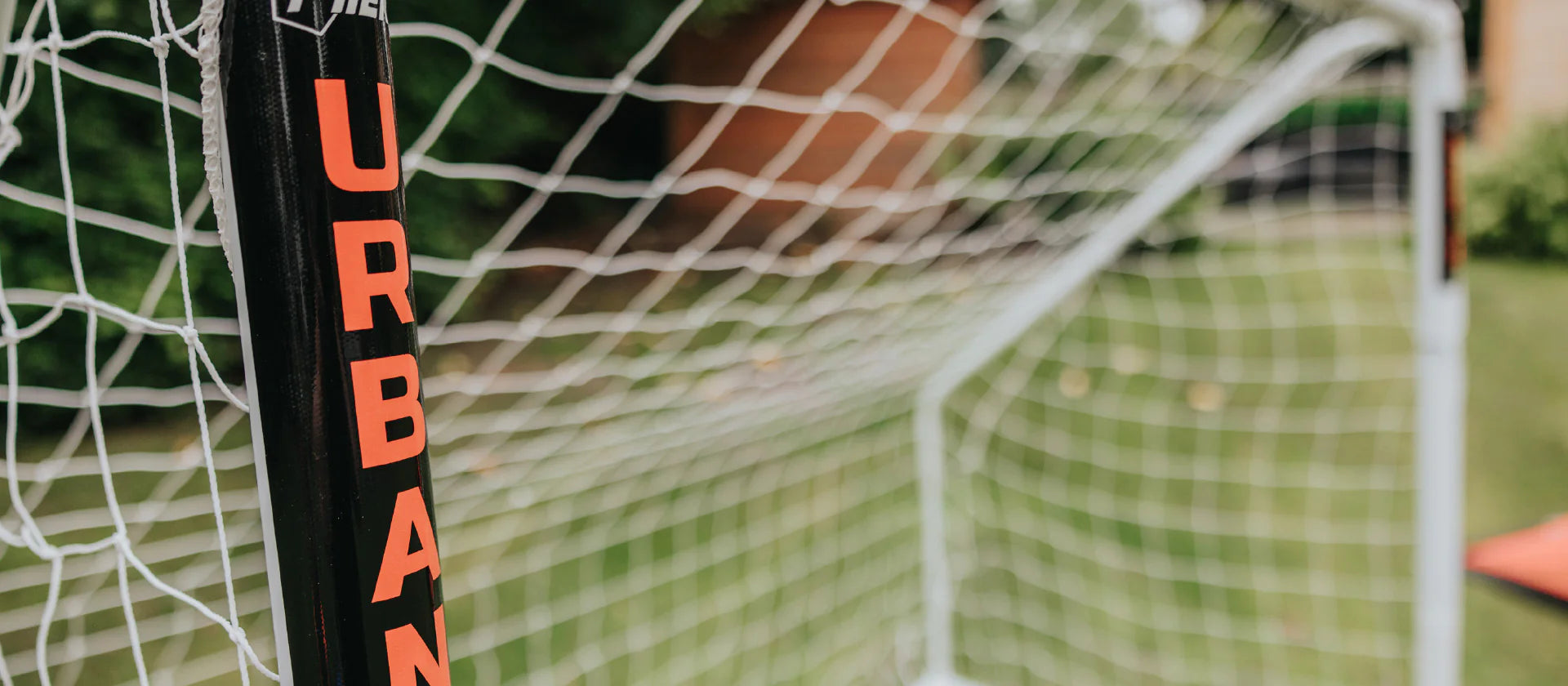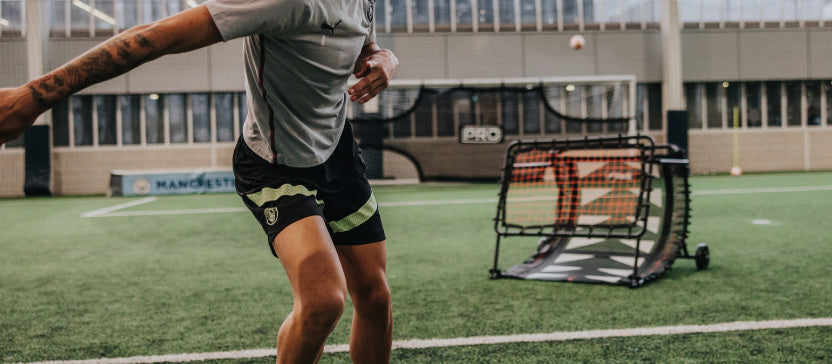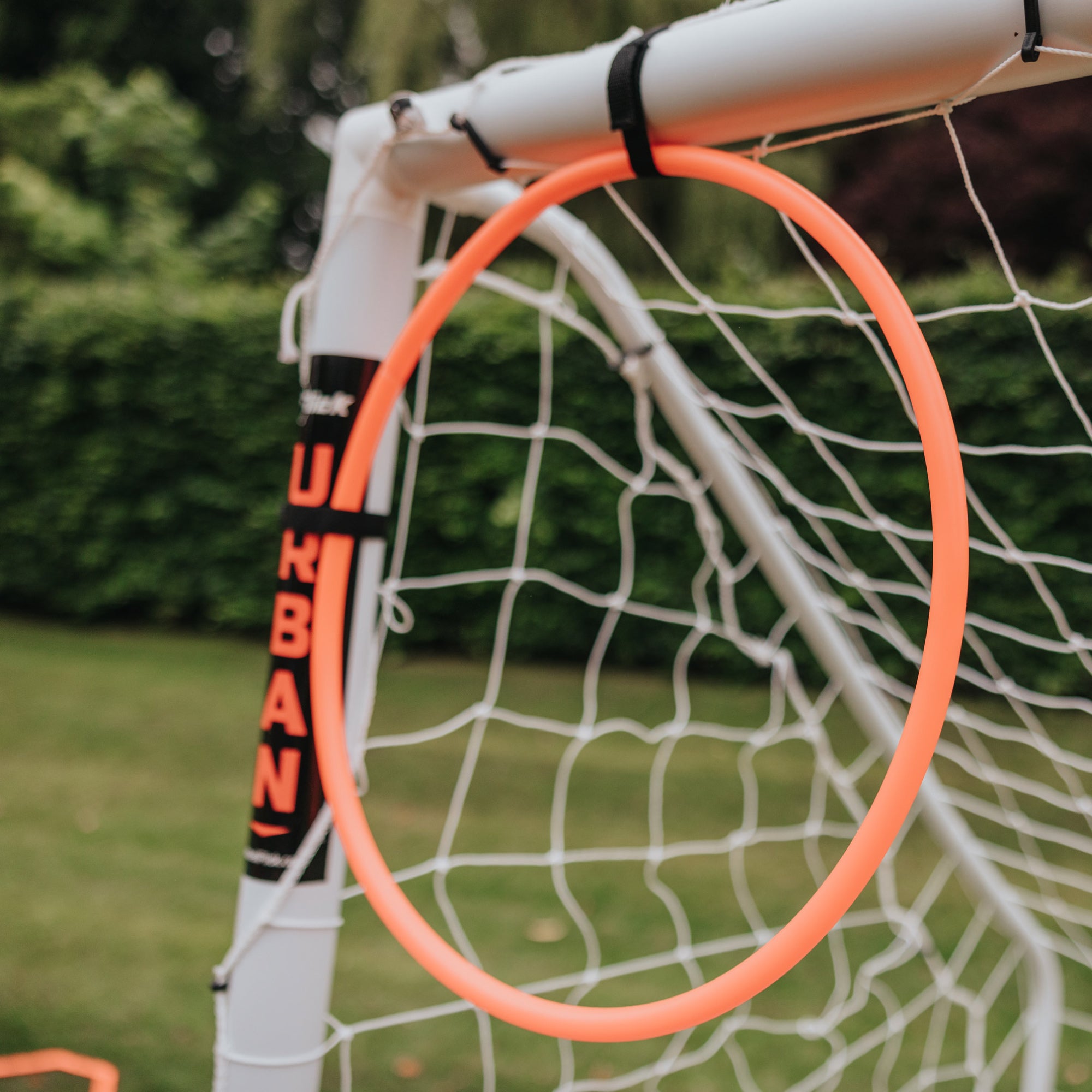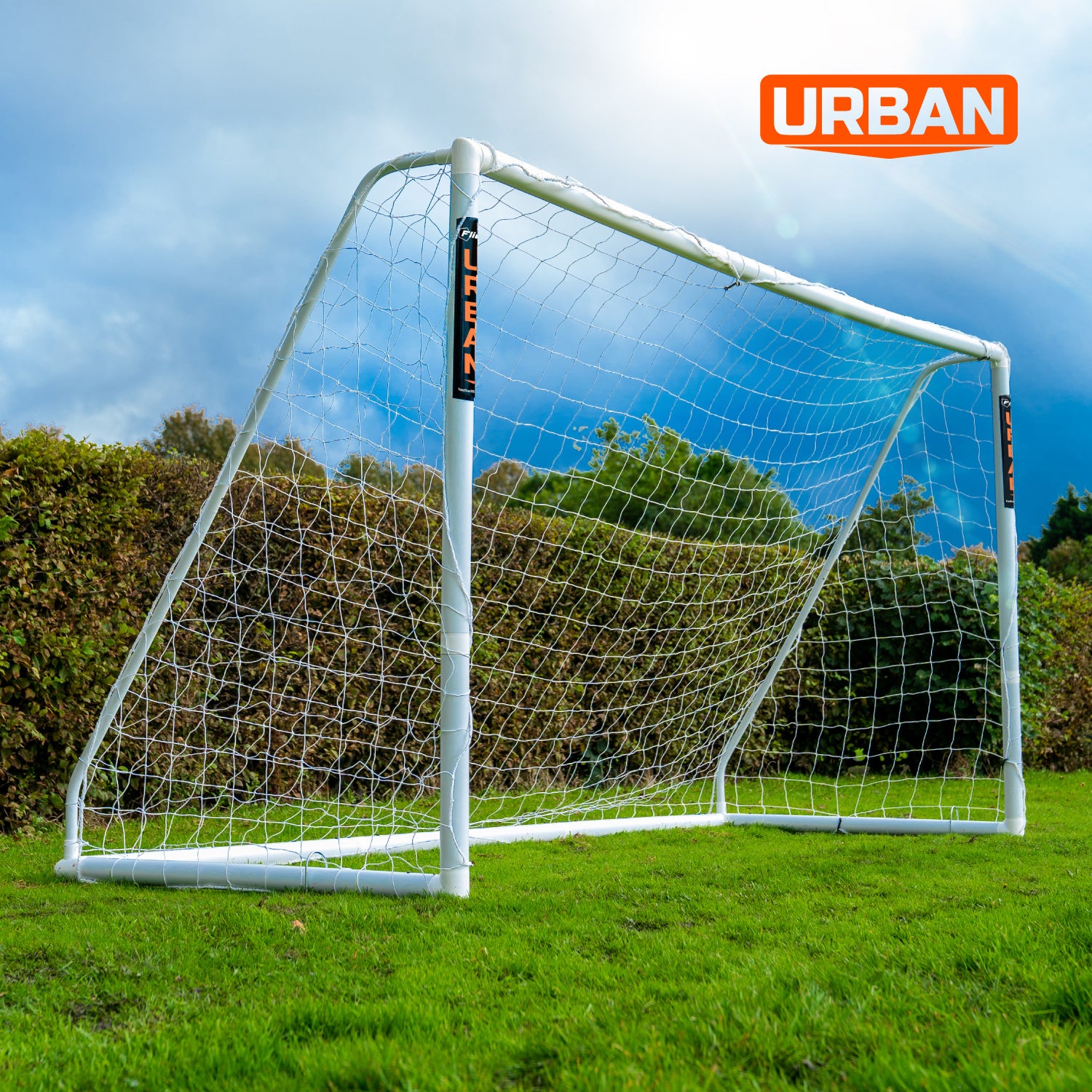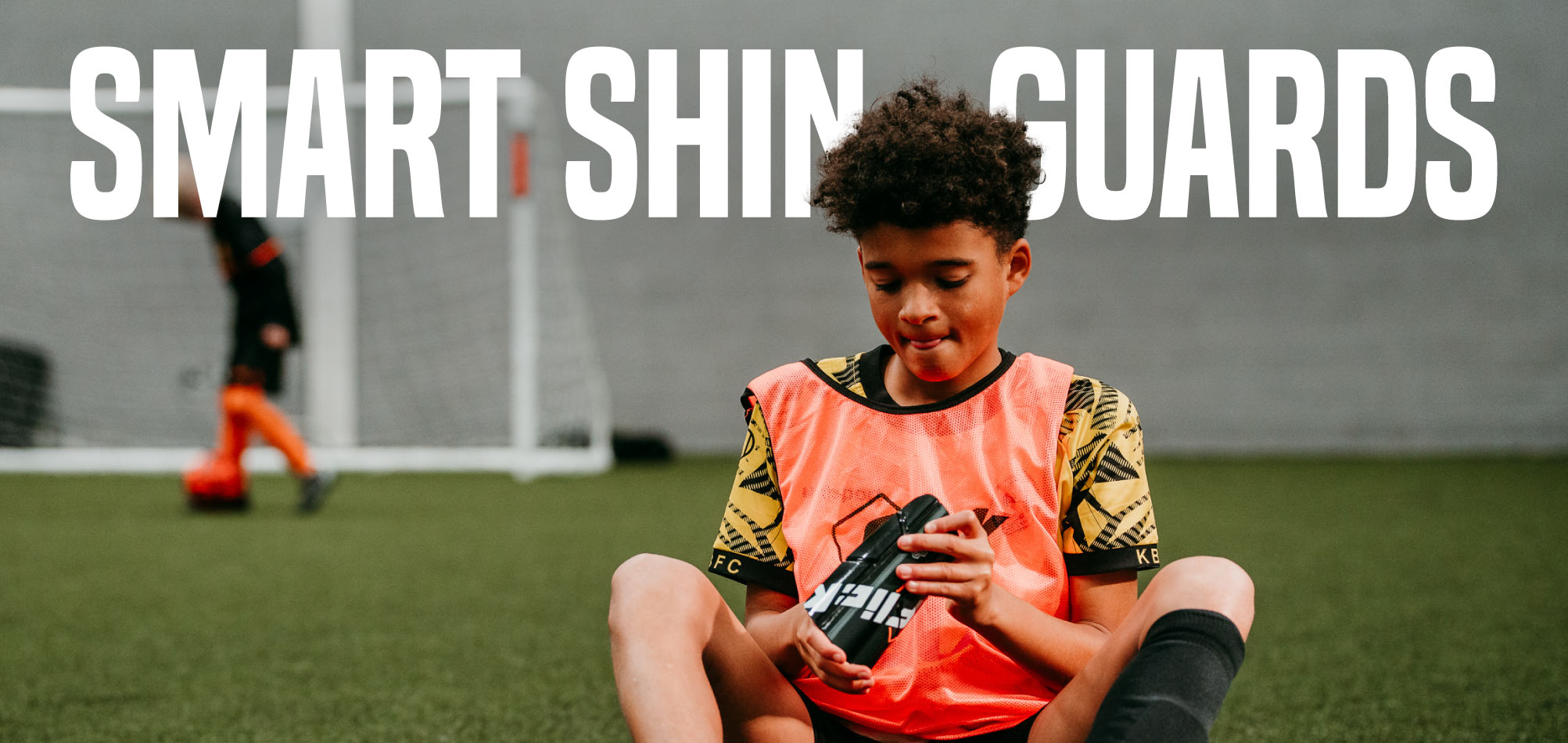In football throw-ins may seem like a straightforward part of the game, but mastering the art of a throw-in can make a significant difference in a match's outcome. A well-executed throw-in can create goal-scoring opportunities or help your team maintain possession. In this blog post, we will explore the basics of performing a throw-in and provide you with valuable tips to improve your technique.
We would recommend using one of our return balls for practising.
The Basics of a Throw-In
-
Starting Position: Before taking a throw-in, ensure that both of your feet are touching the touchline (sideline). You should have part of each foot on or behind the line. Your feet should not cross the touchline.
-
Ball Placement: Hold the ball with both hands behind your head. Your hands should be placed on each side of the ball with your fingers spread apart for a better grip.
-
Body Position: Stand facing the field and the direction you want to throw the ball. Keep your feet shoulder-width apart and one foot slightly in front of the other for balance.
-
Throwing Technique: The most common technique is the overhead throw. In this technique, use both hands to throw the ball over your head. The motion should be smooth and controlled. As you release the ball, lean backward slightly to gain distance.
- Release Point: The ball must be released from behind your head and over your head. If you release it in front of your head or at shoulder level, the referee may call for a foul throw.

Tips to Improve Your Throw-In
-
Practise Your Grip: A proper grip on the ball is essential for a successful throw-in. Work on strengthening your fingers and wrists to maintain control of the ball during the throw.
-
Enhance Your Strength: Developing upper body strength, particularly in your arms and shoulders, will help you throw the ball farther and with more accuracy. Incorporate weightlifting and resistance training into your fitness routine.
-
Improve Your Balance: Good balance is crucial for a precise throw-in. Practice standing on one foot to enhance your stability, as this will help you maintain your position along the touchline.
-
Master Different Techniques: While the overhead throw is the most common, learning other throw-in techniques, such as the long throw or the flip throw, can add versatility to your game and surprise your opponents.
-
Increase Your Range: To reach players farther down the field, work on increasing your throw-in range. This can be achieved by improving your throwing technique and strength.
-
Quick Decision-Making: Don't waste time when taking a throw-in. Be aware of your options and make quick decisions on where to throw the ball. Look for open teammates and consider the tactical situation.
-
Stay Composed: In high-pressure situations, it's crucial to stay calm and focused. Take a deep breath before the throw-in to clear your mind and execute with precision.
-
Study the Game: Understanding the game's tactics and your team's strategies can help you make more informed decisions when taking throw-ins. Know where your teammates are positioned and where the ball is needed most.
-
Match Practice: Practise your throw-ins during training sessions and friendly matches. Repetition and game-time experience will help you apply your skills effectively in real-game situations.
- Seek Feedback: Ask your coaches and teammates for feedback on your throw-in technique. They can provide valuable insights and suggestions for improvement.
In conclusion, mastering the art of the throw-in in football (soccer) takes time and dedication. By focusing on the basics, honing your technique, and continuously seeking ways to improve, you can become a valuable asset to your team and contribute to your success on the pitch. Remember that practice and patience are key to becoming a proficient throw-in taker.
